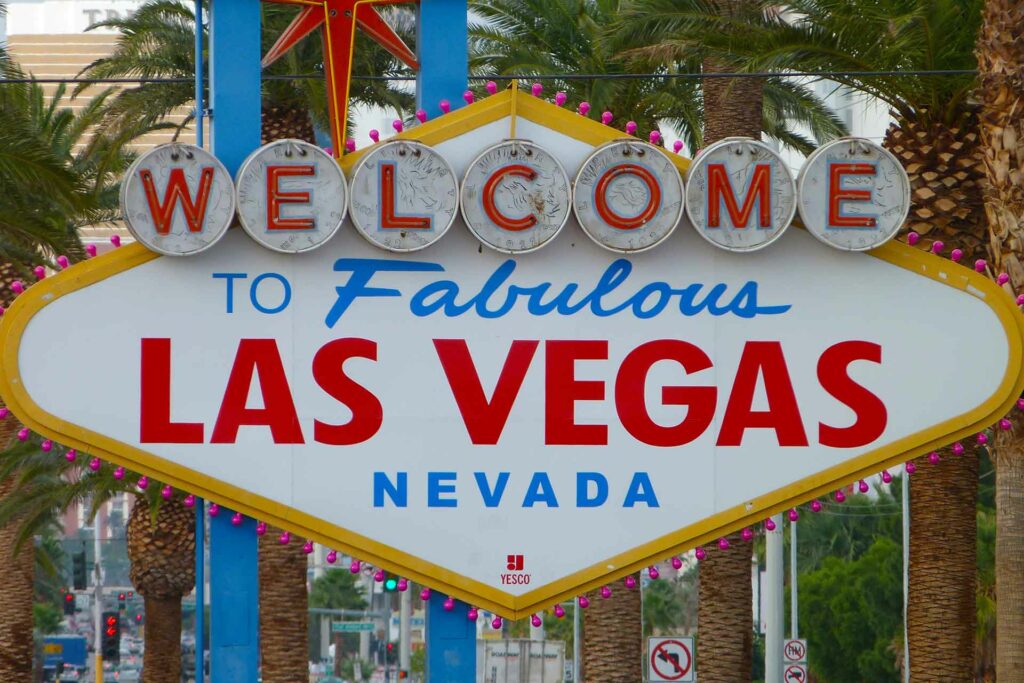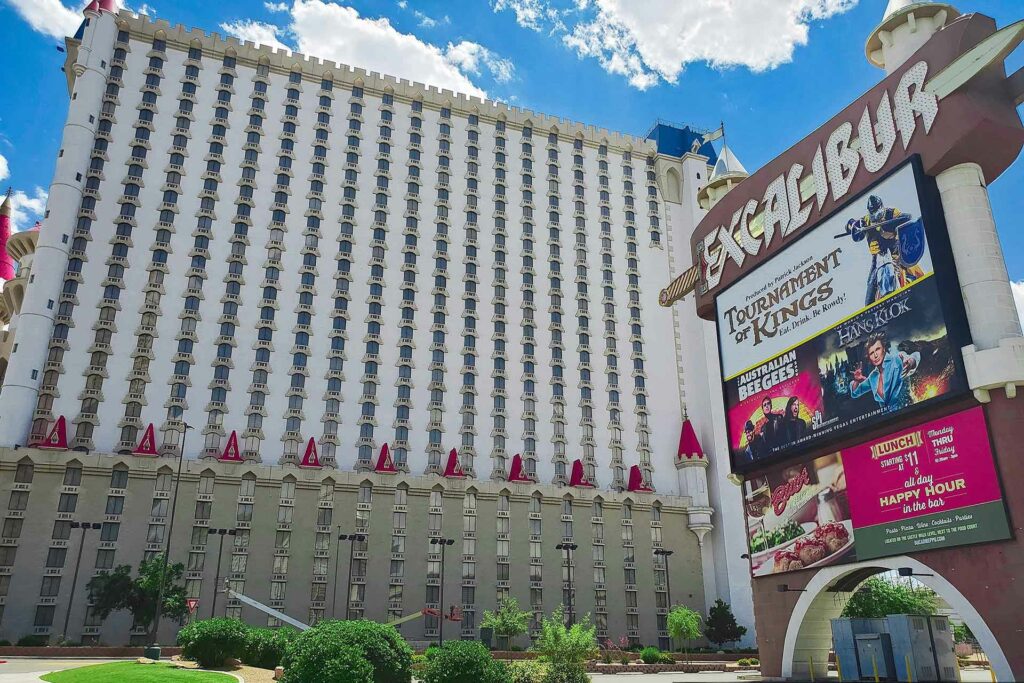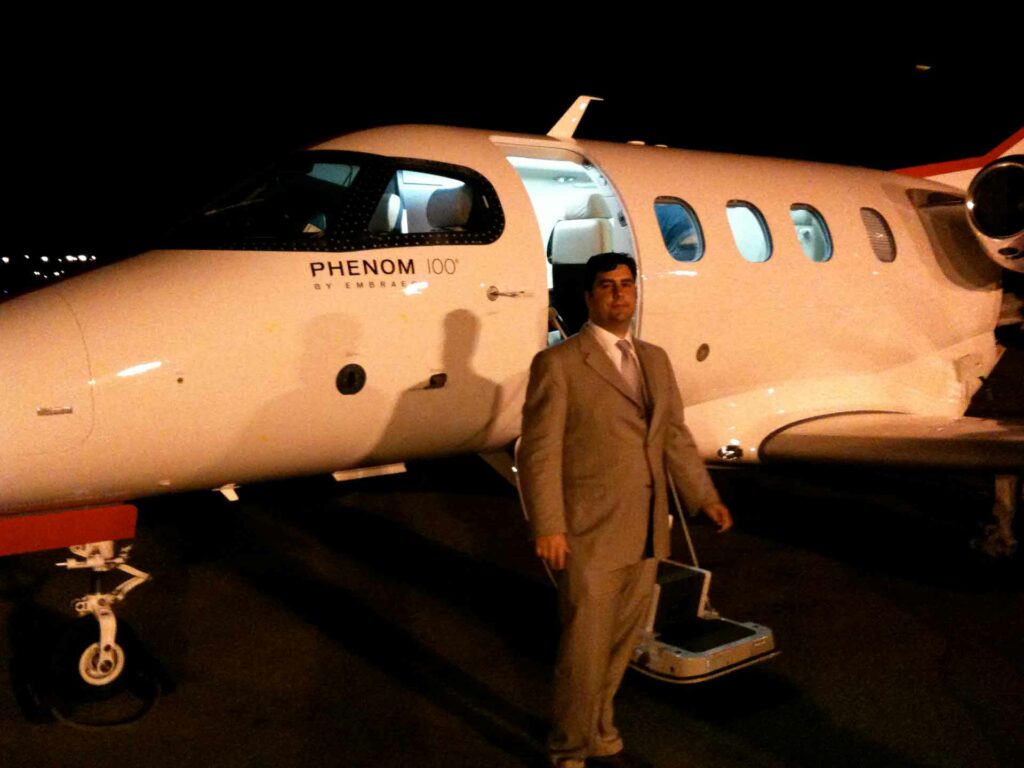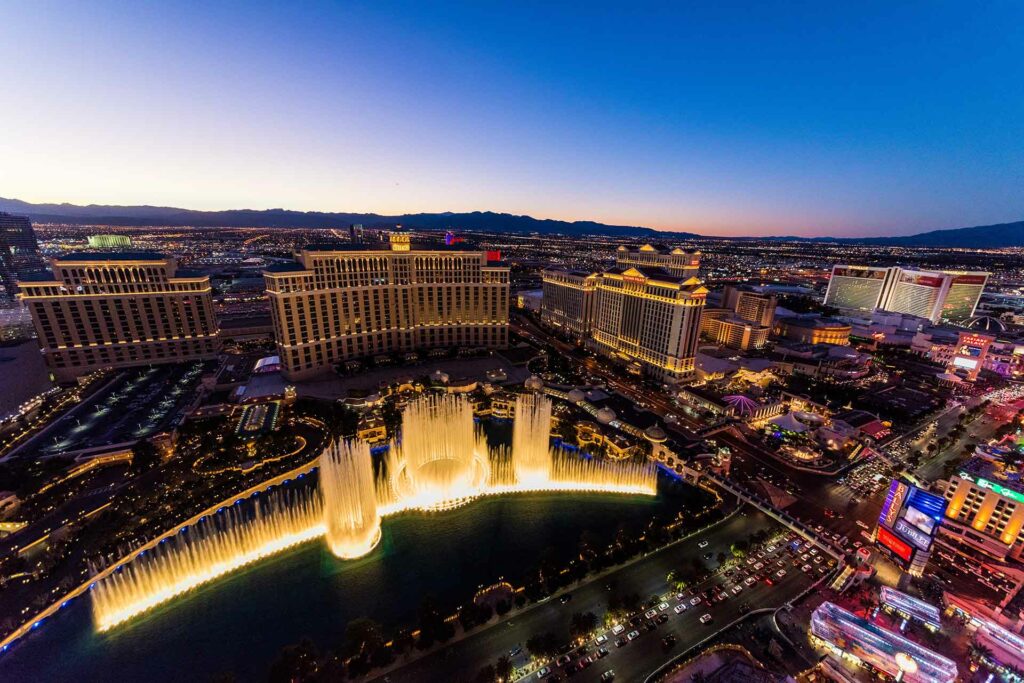When I was 19 years old, I remember literally begging my boss, Christopher Hansen, to go to CES in early 1994. I was off from college, and back then the show was the Super Bowl of all things audio. What I didn’t know at the time was that it would be the last year of the traditional, Vegas configuration of the show being located at The Sahara “Bi-Level,” which would soon be wiped off of the planet by Sheldon Adelson to make what would eventually become The Venetian, The Palazzo, and the absolutely gigantic Sands Convention Center. That experience was a true classic. It wasn’t that far away from that the era in which business was done the old-school way, which was educational in ways that I couldn’t possibly have understood at the time. What I did understand was that CES, for this young audiophile, was that literally every brand of gear was on full display. People were in a mood to do business and everybody was happy to be in Vegas.

1994 would be the first of 24 consecutive Consumer Electronics Shows for me, most of which I covered as an online publisher. The appeal was that 90 percent of your clients were in one city at one time. It was almost too good to be true. While the volume of money spent on entertaining (specifically outrageous dinners as Vegas got to be better and better as a dining destination) was well worth the money considering both the quality of the food and the access to client. I can safely say that I’ve made millions of dollars at CES over the years and that the show holds a special place in my heart.
I can also say that I am very unlikely to go to CES ever again.
Why, you ask? When CES hit its peak attendance, nearing 180,000 people in 2019, the show was just too crowded. It also lost its focus on high-performance audio. Yes, you could see new (possibly never-to-hit-store-shelves) TVs and other video technology, but the days of all of the audio in the world being at CES at once was long gone. Towards the end of CES’s relevance for audiophile, the show had a little audio ghetto on floors 29, 30, 31, 34, and 35 of The Venetian. I could schmooze for days with clients and friends just on those few floors, but by 2019, there might have been five relevant audio exhibits left, down from hundreds upon hundreds.

Cost was a factor, too. I remember getting a call from my then editor at HomeTheaterReview.com, Adrienne Maxwell, telling me that she had done her research for CES and that she has secured a room for her (and another one for Dennis Burger) at Excalibur for CES 2018. I was silenced by the vomit that immediately refluxed into my mouth upon hearing said news. Adrienne said that the rate was $525 per night plus tax plus a “resort fee.” The day that a Renaissance-themed dive like Excalibur is a “resort” that commands a fee to stay there above over $500 per night room rate is the day that I might stop going to Las Vegas.

Despite the high cost and the dwindling demand for the product categories that I covered with my magazines, the factor that killed off CES for me was illness. The basic timing of the show was a killer for the flu. The first week of January is just a week or two after holiday get-togethers and you had 180,000 people from all over the world converging on Las Vegas at the peak of flu season. We used to see people from Asia (specifically from Taiwan) who wore masks and we thought they were crazy. A number of my former writers were, in their daily lives, physicians. They had me washing my hands on the hour and not touching door handles and other public items such as the handle on the monorail, etc. That was good advice, but I often came home from CES sick as a dog. And I wasn’t the only one in need of medical attention after CES. I will never forget spending 47 minutes on the private jet that I chartered back to Van Nuys with Andrew Robinson. He went from “I don’t feel that great” when we took off in Las Vegas to looking 100 percent green and basically dying from the flu less than an hour. He went right home and confirmed with me a 103 fever before he checked out for a few days to recover.

Other times, I got sick while still at CES, which is absolutely zero fun. Nobody wants to meet with you when you are sick. Before the years when I could justify the cost of a chartered jet (btw: the jet is about 300 percent more today than five years ago, thus not feasible at any level), emotionally getting ready for a four-hour drive back to Los Angeles with the flu was a mountain that I wasn’t ready to climb. Room service can bring some chicken soup to my room and the sundries shop has enough cold medicine to fend off the worst of the symptoms.
There are all sorts of rumors about CES 2022, last year, specifically about the Samsung booth and how the folks that put their booth together created a super-spreader COVID event so bad that Samsung had to charter a few planes to fly their ill staff back to South Korea. Others I know who went to the show reported that few wore a mask despite CTA rules that simply were not enforced. That was at the peak of the Omicron surge of the COVID-19 pandemic.
Perhaps we should be careful what we wish for, as the Super Bowl of Audio is now in Munich in May, not Vegas in January. That’s a 13.5-hour flight on Lufthansa where they don’t take my (partner) miles on United for an upgrade. The audio show traffic has re-sorted itself into events like AXPONA and other shows nationally and that’s fine, as nothing stays the same.
For those going to CES for 2023, wash your hands, wear a mask, and don’t shake hands. If I have to tell you to get a vaccine at this stage, then you are likely beyond any level of help that anybody can offer. If there is anything game-changing that happens in Las Vegas in terms of audio, I will surely get a press release on it and I am 100 percent OK with that. We will cover the world of audiophile gear and news from other events.
The Consumer Electronics Show’s Relationship with Flu Season
The Consumer Electronics Show (CES) has long been a central event in the tech industry, showcasing the latest innovations and products. Held annually in Las Vegas each January, CES is a must-attend gathering for industry professionals, tech enthusiasts, and media outlets. However, the timing of CES has often intersected with flu season, leading to health concerns for attendees and exhibitors alike.
While flu season is typically at its peak during the winter months, CES, scheduled in early January, has experienced notable disruptions due to seasonal illnesses, particularly during the COVID-19 pandemic. The event’s timing, coupled with its global scale, makes it an ideal setting for the spread of viruses, as thousands of people from around the world gather in close proximity.
The COVID-19 pandemic had a particularly profound impact on CES, highlighting how flu season and health concerns can complicate large events. In 2020, as the virus began spreading globally, CES was held with little foresight into the full extent of the pandemic. Attendees and exhibitors were concerned about the potential for the virus to spread, yet the event continued as planned. The following year, CES 2021 was held virtually, as in-person gatherings were not feasible due to the ongoing pandemic. This marked a major departure for the show, with companies pivoting to online presentations rather than the typical grand booths and interactive displays.
By the time CES returned in 2022, the COVID-19 pandemic was still very much in play, and the show was held with strict safety measures in place. However, despite these precautions, some companies made the decision to scale back their presence or even cancel their participation altogether. One notable example was Samsung, a long-time CES staple, which announced it would close its booth early due to COVID concerns. The move underscored the challenges that flu season, exacerbated by the ongoing pandemic, posed to such a large-scale event.
The timing of CES has always posed a challenge in terms of health risks. Being held in January, it falls right in the middle of flu season, when respiratory illnesses like influenza and COVID-19 are at their peak. The convention center, hotel ballrooms, and exhibition spaces are packed with people, creating an ideal environment for the spread of contagious diseases. Though CES organizers take steps to maintain cleanliness and minimize health risks, the sheer volume of visitors from around the world makes it difficult to fully eliminate the threat of illness.
In addition to the potential for flu and COVID-19 outbreaks, the health risks associated with CES have prompted some companies to reconsider their participation in recent years. The uncertainty surrounding the ongoing pandemic and the concerns about exposure have led to a shift in how exhibitors approach CES. Virtual events and digital presentations have become more prominent, providing an alternative to in-person attendance while still allowing companies to showcase their products.
The relationship between CES and flu season will likely continue to evolve in the coming years. While the show remains an important event for the tech industry, health and safety concerns will always be a consideration, especially during the winter months when illnesses are most prevalent. As the world adjusts to living with COVID-19 and other contagious diseases, CES organizers will need to adapt to ensure the health and well-being of all attendees, regardless of the flu season’s timing.
Ultimately, CES’s relationship with flu season has been an evolving challenge, particularly during the COVID-19 era. The timing of the event, combined with global health concerns, has highlighted the vulnerability of large gatherings in the winter months. As technology continues to play a pivotal role in our lives, the future of CES may see even greater innovation in how the show is presented, potentially incorporating more virtual and hybrid options to mitigate the health risks posed by flu season.




This sounds like an article which could be a good jumping off point for true tales from CES.